Predicadors del be i del mal (c. 1928–1930).
My thanks to Will at 50 Watts for sending these experimental photos by Spanish artists Eduardo Chicharro (1873–1949) and Gregorio Prieto, neither of whose work I’d looked at before. Prieto is of most interest here (that’s him in photo five with the metalwork wrapped around his head) for the homoerotic quality of his other work, a quality which no doubt explains why some of these pictures set the gaydar bells ringing. I thought that Javier at Bajo el Signo de Libra might have featured Prieto already but it seems not.
Iluita (c. 1928–1930).
The photos are from Les avantguardes fotografiques a espanya, 1925–1945. The superimposed images are reminiscent of those that Emil Cadoo was producing in the 1950s albeit with more of a deliberate Surrealist flavour; the ruins and Classical references are also a feature of Prieto’s paintings, some of which can be seen here. (Also a coloured print of the first photo above.) The homoerotics is most evident in his line drawings, some of which can be seen here. His reclining youths and embracing sailors look rather Cocteau-like but they probably owe more to the etchings of Picasso’s Vollard Suite which were being produced around the same period. There’s more Picasso-esque Prieto at Flickr including a drawing dedicated to Lorca.
Metamorfosi (c. 1928–1930).
Sense Titol (c. 1928–1930).
Il penduoto (c. 1928–1930).
Al-lucinacio (c. 1928–1930).
Sense titol (c. 1928–1930).
Sense titol (c. 1928–1930). [Credited to Prieto alone]
Elsewhere on { feuilleton }
• The gay artists archive
Previously on { feuilleton }
• Emil Cadoo

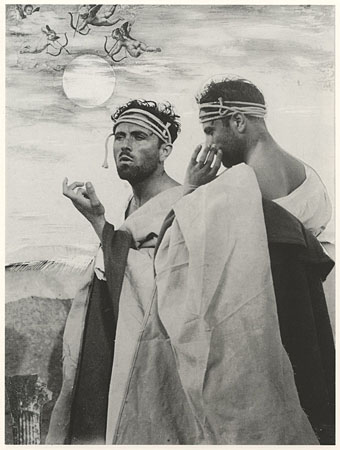
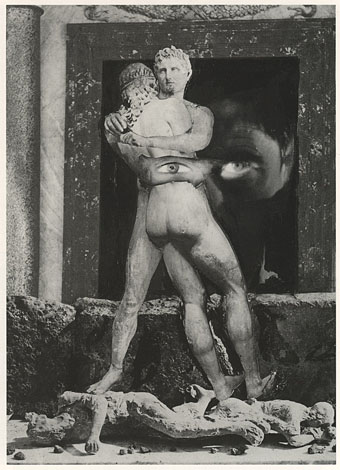
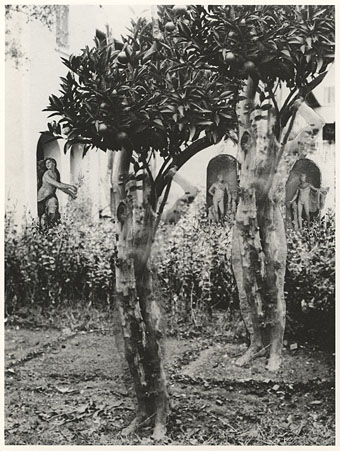
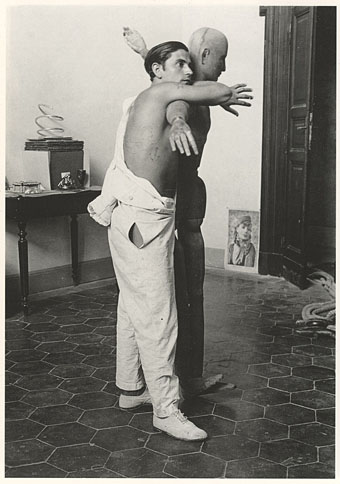
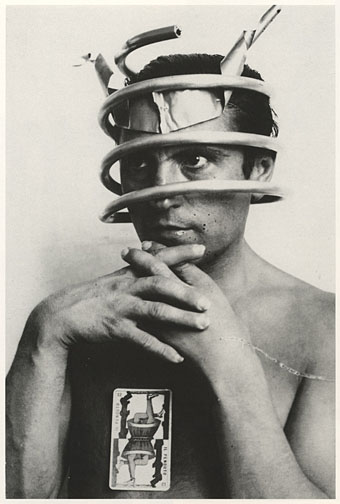
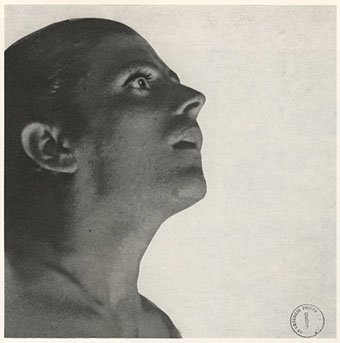
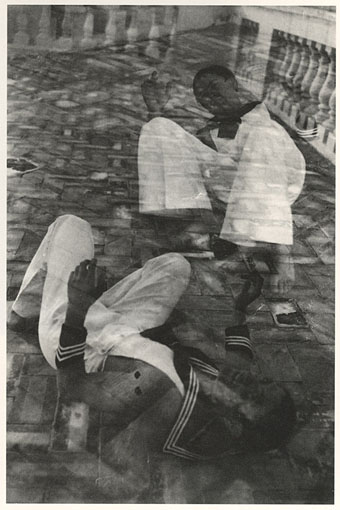
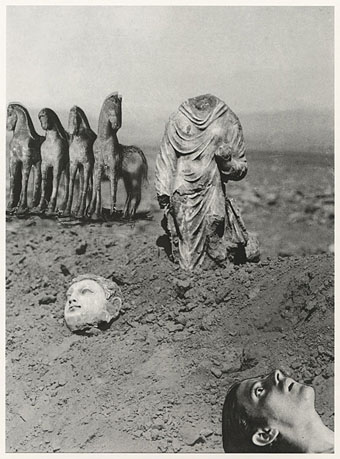
Well, sometimes things are not when you’re looking for the them, but they are coming. I’m working about Prieto. :)
There are two artists with the same name Eduardo Chicharro Agüera and poet Eduardo Chicharro Briones, the first is the father of the second, and you’re talking about Eduardo Chicharro Briones.
One more note, these pictures belong to a movement called: Postismo, and I say no more, jejejejeje
Ha, thanks! And I’d noticed the two different Eduardo Chicharros but neglected to mention which one was represented here.